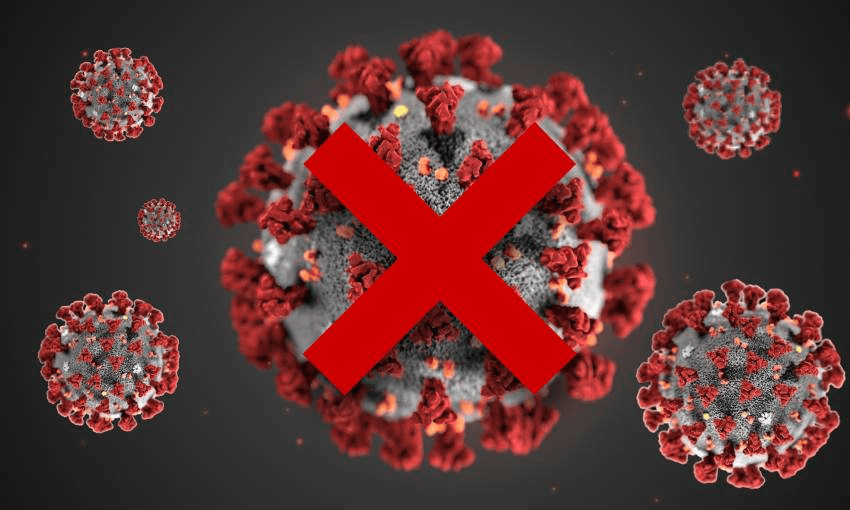Yesterday New Zealand recorded zero new cases for the seventh day in a row, and just one person still classified as an ‘active case’. How does that compare with other Covid-stamping countries?
As we enter our first long weekend since the end of lockdown, we also prepare to join a small group of countries who’ve whittled the spread of Covid-19 to zilch.
Almost three months to the day since our first case, New Zealand is close to eliminating the virus; as of yesterday’s announcement, only one active case remains in the country. There have been no new cases for over a week.
Our first case was recorded on February 28th and less than a month later, with 451 confirmed and probable cases, our borders were closed and we were in full level four lockdown. At the height of our Covid-19 crisis, we had 929 active cases. A total of 22 people have died of the virus in our country.
The New Zealand response has been acclaimed internationally for clear, concise communication and decisive action. Of course, our way isn’t the only way. At least five countries have eliminated Covid-19 already, and others, like Fiji, are only a few cases away.
Some never saw it in the first place: Samoa, Tonga, Niue, Kiribati, the Cook Islands, and Tokelau are among those that have yet to record cases of Covid-19. Island nations – like those listed and New Zealand – had a slight advantage in keeping borders closed to incoming cases; few people are tempted to swim in. However, these countries still enacted stringent testing, quarantining, and social restrictions despite never formally reporting a case.
Others have had the virus turn up in its population and successfully eliminated it. Many of them, like us, had the advantage of an ocean moat.
The Faroe Islands, an archipelago that is part of the Danish Kingdom but practically autonomous, briefly had one of the highest Covid-19 infection rates in the world; it also had incredibly high testing numbers thanks to its salmon disease testing equipment, which was repurposed for Covid-19 to great effect. The islands have a population of almost 50,000; they had 187 cases and zero deaths before eliminating the virus on May 9.
On May 23, Trinidad and Tobago stated it had no more active cases. However, the government urged its citizens not to be complacent. It recorded its first case on March 12, and on March 16 – less than a week later – it closed its borders. Schools were closed, events were cancelled, and face mask use was encouraged.
On May 24, Montenegro became the second country in Europe to announce it had eliminated Covid-19. It has a population of just over 600,000, and throughout its two-month experience with the virus it saw 324 cases and nine deaths. It’s now opening its border to a short list of countries it deems safe; this list notably excludes Serbia, from which Montenegro declared independence in 2006. Serbian officials are not happy.
Cambodia’s first case of Covid-19 was recorded in January 27, and on May 16 its last patient was released from hospital. Over that almost four-month period, only 124 cases – and zero deaths – were recorded in the country of over 16 million. This was achieved with strict quarantining of anyone entering the country, the cancellation of large events, and border closures.
However, on May 21 a new case of Covid-19 was recorded in Cambodia; the first in a month. The man had come in on a flight from the Philippines. He, and all other passengers on the plane, have been quarantined.
Slovenia declared itself Covid-19 free, on May 15. However, it has not reached zero active cases; eight are currently active in the country.
